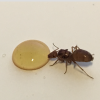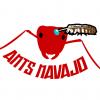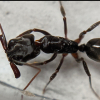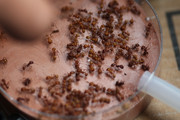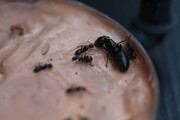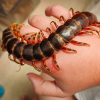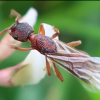Hello fellow ant enthusiasts! Arguably, one of the most difficult aspects of ant keeping is replicating the natural environment of an ant via formicaria. However, after searching the web, I have found a video that will help those [like me] who have difficulties making formicaria, but either don't want to buy a formicaria when you can make your own, or don't know who supplies good formicaria. And for those people, (and people who want to make lab style formicaria) I have great news! After watching The Ant Network's video Making a Lab-Style Ant Farm | Ant Keeping 101 (https://www.youtube....nMXPZJq&index=4), I can say that his way of making lab-style formicaria is both cheap, and effective at housing your ants. So watch the video, if you don't believe me, or need formicaia help.
- Formiculture.com
- Forums
- Gallery
- Members
- Member Map
- Chat







